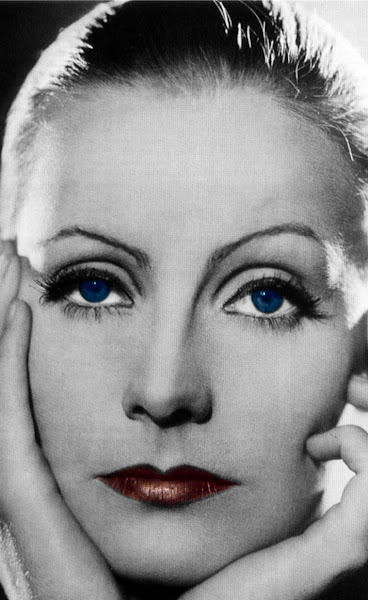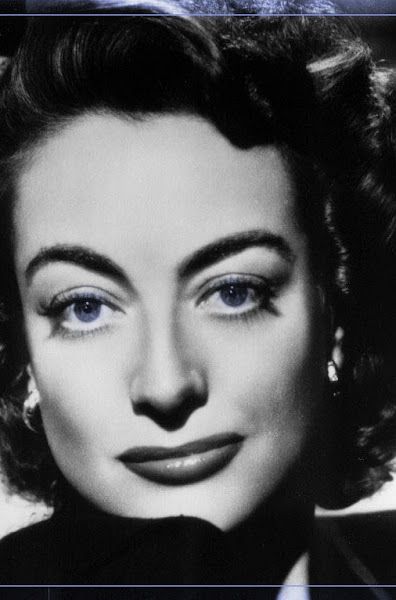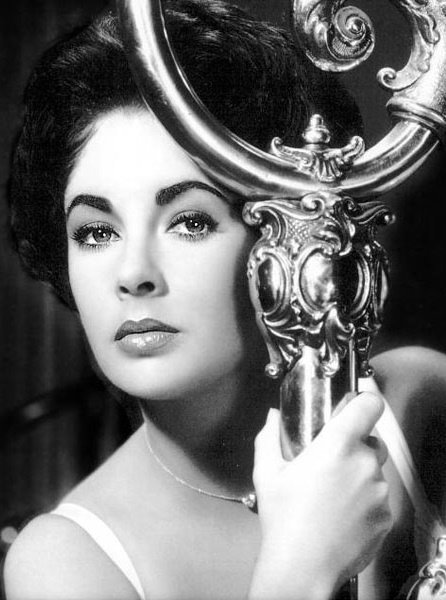
Well as I promised, today was the day I got to read the first few chapters of "The Lavender Screen" (thank you, oil change). Anyway, I have learned quite a bit already just from those chapters.
In the preface, writer Barry Sandler accurately declares that "the image of gay people on the [film] screen has been one of perverts and killers or freaks or grotesques or screaming queens or interior decorators or 'La Cage aux Folles.'" This one quote made me realize so much about the history of homosexuality on Hollywood's silver screen and how I could not think of one character from any movie who did not fall into those categories (especially the perverts or killers). Furthermore, these films with gay characters only show homosexuality from the assumptions of straight society and what they think homosexuals are like. In addition, many films today choose to perpetuate flamboyant stereotypes of homosexuals, such as "Kiss of the Spider-Woman" or "La Cage," but the films that show the boy next door as gay are too close to home to assimilate or even choose to accept. Because of this, I have realized that Hollywood (even today!) has been okay with the "homo," just not the "sexual." How many films have had a gay character that most viewers sit back and opinionlessly watch? Probably quite a few. But how many films have had gay characters that become intimate lovers? Those films are the ones that scare or shock people. For example, 2005's so-notorious-it's-infamous "Brokeback Mountain" included a scene where Ennis and Garth engage in anal sex in a dark tent. Such a scene drew the fire of conservatives and many who thought it was too shocking to put on film. But how many of those same people were bothered when a hetero couple had sex in another film that year? Unless it was because of children who could potentially see it, I doubt many people would have been as bothered. Unless it is "normal," then homosexuals on film cannot be themselves.
Meanwhile, in 1959, the Production Code relaxed (thanks to the Catholic Church, of all people) to allow the first American film to feature a gay character (and completely invisible except by reference!) to be Tennessee Williams' "Suddenly, Last Summer." Being invisible leads a gay character to be "worthless," contends author Boze Hadleigh. In fact, I curiously learned that great, revered Hollywood actress Katharine Hepburn, who took the role of Sebastian's mother as a "character part," wanted to make her character nearly insane because only an insane woman could let her son be gay. Oh, yes. You are interpreting correctly. I have discovered that Miss Hepburn was a complete homophobe. (She did not even know that her co-star Montgomery Clift had a thing for men!) Because of this, now I understand some of the thinking behind the roles of actors or actresses in gay-related films; in this case, Hepburn obviously wanted to compare her character to what she thought of real-life parents whose children were homosexuals. How sad. And now I can see that homosexuality in classic Hollywood was perhaps not really for the salaciousness... perhaps it was because they needed a good villain.
On the other hand, most people would be both surprised and unsurprised to learn that Germany produced the first gay films (in the 1920's!). Also on the cutting edge of Expressionism at the time, such films as "Different From the Rest (Anders als die Anderen)" and "Maedchen in Uniform" did not portray homosexual characters as evil or whacked out. No, they did their best to show that the love of two homosexuals could be as real or touching (or normal!) as the love of two heterosexuals. Unfortunately, the rise of National Socialism destroyed the propagation of these values, just as the implementation of the Production Code in America censored all homosexual references (or characters) in film, making all things gay "contemptible."
In the final chapter I read, the films "A Taste of Honey" and "A Special Day" are mentioned. The former is a great example of the "okay to be homo, but not sexual" example I already explained because the main character's gay best friend is clearly homo, but never sexual. On the other hand, Marcello Mastroianni plays a gay man about to be sent to exile for his sexuality in "A Special Day." His dilemma is treated with respect and his feelings are real. This might be one of the first examples of modern film featuring a gay character who is real and does have feelings, but is not a freak, killer, criminal, or flaming for laughs. A film like this gives me hope for what is to come. Let us study some more...
June 20, 2008
Random Musing: Queer Theory 101 (Class One)
Labels:
queer theory,
random musings
Subscribe to:
Post Comments (Atom)

.jpg)

.jpg)
.jpg)

No comments:
Post a Comment